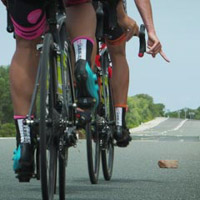
HAND SIGNALS AND GESTURES
Every rider should be familiar with the basic hand signals, which are often the only way to communicate with other riders in a group or race. Riding in a peloton can be safe only when such principles are applied.
CHANGING DIRECTION
This is a signal we all know from the moment we first started cycling. When we intend to make a turn, the rider in the lead lifts up his hand about 100 to 50 metres before the turn. The signal should be passed over all the way through the group to the last rider, who informs anyone behind about the change.
STOPPING
By lifting up their right hand, the leading rider signals that they intend to stop, for example before a crossing. This gesture must be immediately passed to the other riders, or they may crash into each other.
AVOIDING AN OBSTACLE
When we need to avoid a dangerous obstacle in our way, for instance a parked car, a hole in the road, a drain, or a pedestrian, we wave our hand on the side of the obstacle and ride around it.
A HORIZONTAL OBSTACLE ON THE ROAD
Railway tracks, a drain or a bump. When we need to ride over a horizontal obstacle in our way that we cannot avoid, we wave our hand behind our back twice. The other riders will understand that they need to get ready to lift their front wheel to get over the obstacle or jump in the case of a bigger obstacle.
All the hand signals used in a peloton, such as warnings about approaching obstacles, railway tracks, bumps, or the need to stop, must be passed along the other riders all the way to the last one.
GETTING OUT OF THE SADDLE
If a rider intends to get out of the saddle, it is important to let the rider behind know. This action effectively shifts the rear wheel slightly backwards and it can contact the following rider’s front wheel. There are two ways to make this signal – you can either wave with your fingers while holding the hoods, or you can wave your hand along your side twice.
TAKING TURNS IN A GROUP
When we want to leave the leading position in the group, we take one hand off the bars and make a long swinging movement with the whole arm to indicate that another rider should take over. More experienced riders usually only turn their elbow to the side. After this, we move back along the whole group to the tail.
 Road Bike Riding Technique Next lesson
Road Bike Riding Technique Next lesson Principles of riding in a group
Principles of riding in a group
Previous lesson The right way to get through corners
The right way to get through corners

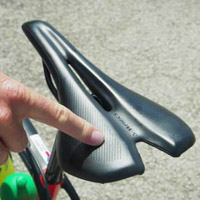
How to set up a road bike
Lesson 1
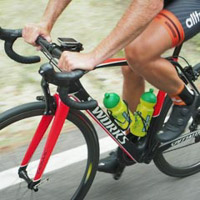
Body position and suitable road tire pressure
Lesson 2
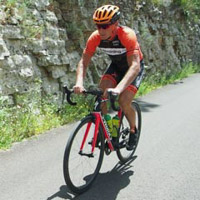
The right road bike shifting and pedalling technique
Lesson 3
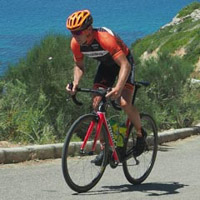
Road bike climbing tips
Lesson 4
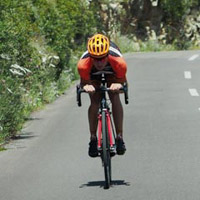
Going downhill safely on a road bike
Lesson 5
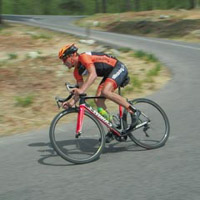
The right way to get through corners
Lesson 6
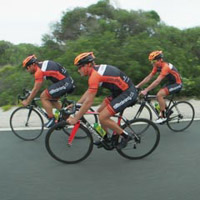
Principles of riding in a group
Lesson 8
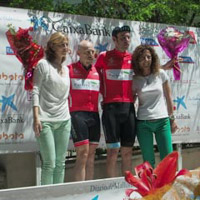
Race skills
Lesson 9
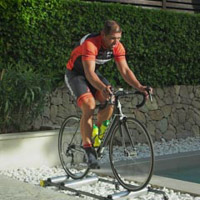
Riding in unstable conditions
Lesson 10








